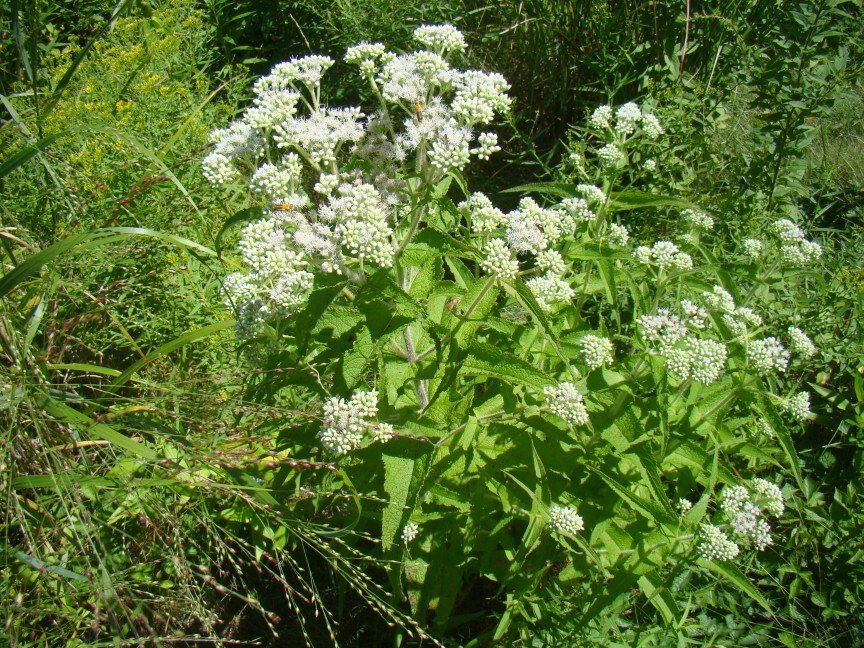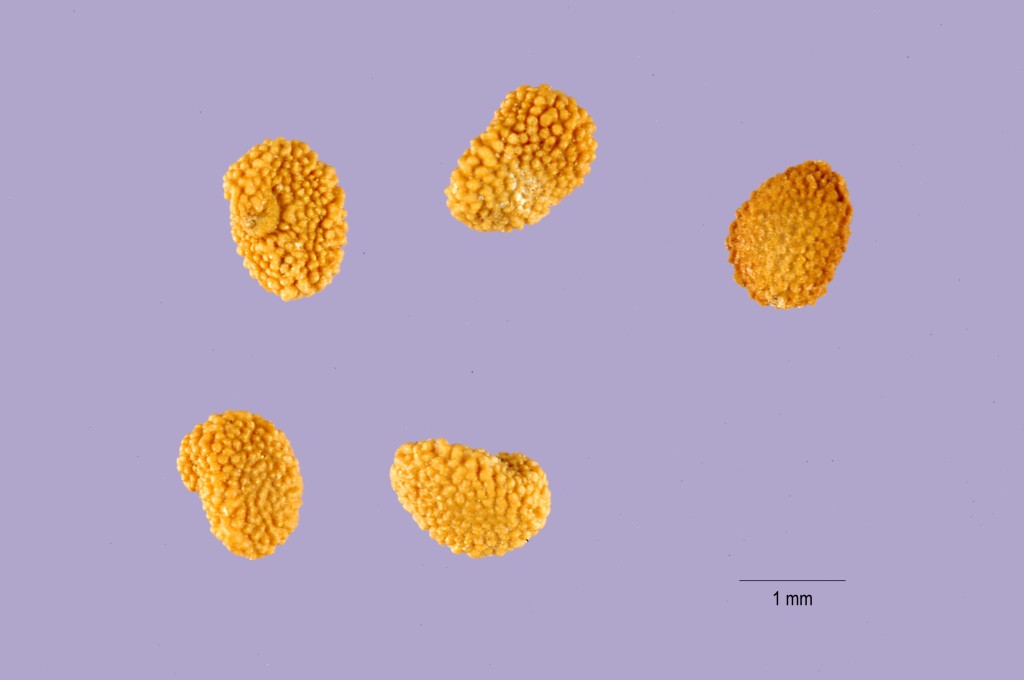
This year, the full Harvest Moon will appear just after sunset on Friday, September 29. The full Moon that happens nearest to the autumnal equinox (which occurred last week) always takes on the name “Harvest Moon.” In most years, the Harvest Moon occurs in September, but about every four or five years it occurs in October, which will be the case in 2025.
The full Harvest Moon will reach peak illumination just before 6am on Saturday morning, then drift below the horizon shortly thereafter. Sunrise that morning is at 6:50am.
(Click on each to view larger image.)

SOURCE: https://www.timeanddate.com/astronomy/night/usa/albany-ny

SOURCE: https://www.timeanddate.com/astronomy/night/usa/albany-ny
Unlike other full Moons, this full Moon rises at nearly the same time—around sunset—for several evenings in a row, giving farmers several extra evenings of moonlight and allowing them to finish their harvests before the frosts of fall arrive. North American Indians knew that corn, pumpkins, squash, beans, and wild rice — their chief staples — were ready for gathering at this time.
For me, the full moon of each September serves as a reminder that it is nearly time for the annual harvest of hickory nuts. Those are typically ready in early October.
Locally, we have two species of native hickories that I routinely come across at area nature preserves, parks and trails. Those include –
- Pignut Hickory (Carya glabra)

- Shagbark Hickory (Carya ovata)

For a helpful overview of how to forage for and process hickory nuts, please visit the Foraging for Wild Edibles webpage and then view or download my Foraging for Wild Edibles: Hickory Nuts presentation.

Should your efforts yield a sufficient quantity of these tasty nuts to motivate you to create something from them, I offer these recipes for your culinary consideration:
- Bourbon-Sorghum Hickory Nut Tart
- First Lady Sarah Polk’s Hickory Nut Cake
- Grandma’s Hickory Nut Cake
- Hickory Nut Ambrosia
- Hickory Nut Bread
- Hickory Nut Brittle
- Hickory Nut Cola Cake
- Hickory Nut Cookies with Maple Cream Icing
- Hickory Nut Creams
- Hickory Nut Custard Cake
- Hickory Nut Macaroons
- Hickory Nut Pie
- Hirshon Ojibwe-style Venison Stew – Jiibaakwaan Waashkesh
- Shredded Brussels Sprouts with Maple Hickory Nuts
- Traditional Hickory Nut Milk – Kanuchi
- Wild Hickory Nut Shortbread Cookies
- Wild Rice with Hickory Nuts & Lemon Thyme
Bon appetit!

































